If you are unfamiliar with this search engine optimization (SEO) term, let us first understand what Latent Semantic Indexing (LSI) is and what keywords are. LSI is a program used by search engines that recognizes the semantic relationship between words and helps deliver relevant search results to the user.
When search engine bots crawl through the Web, they look for keywords to know what a specific piece of content is about. For example, if there is a blog about ‘shoes’, the bots would look for that keyword in the title and the content. These words are also known as primary keywords.
What are LSI Keywords?
LSI keywords are words that are similar to, or related to, the primary keyword. Most of the time, they are synonyms for the primary keyword. LSI keywords are popularly called secondary keywords.
Both primary and secondary keywords are strategically placed in the content, so the information seems valuable to bots. Often, when a user searches for content using the primary keyword, the results displayed might contain the secondary keyword.
To better understand this, let us look at an LSI keyword example:
If a user searches for ‘shoes’, the results might include words like ‘boots’, ‘kicks’, or ‘footwear’. This is because the LSI system understands the semantic relationship between the primary keywords and the secondary keywords.
You need to consider adding primary and LSI keywords in the right places, if you want your content to rank higher in the search engine result pages (SERPs). This is a popular SEO tactic, or rather a requirement, that can help bots recognize your website’s content.
What is Latent Semantic Indexing?
Latent Semantic Indexing or LSI is the mathematical practice of information on particular keywords and concepts being classified and retrieved using single value decomposition or SVD. LSI keywords are conceptually related terms that Google studies to understand the content on a webpage in depth.
LSI in SEO is used to identify and map patterns in how terms and concepts are semantically related within a collection of text, such as an index. It brings relationships between the concept and terms that might be hidden otherwise to the surface.
Importance of LSI (Latent Semantic Indexing) Keywords
LSI keywords have made a huge impact on SEO in the past 5 years. Till a few years ago, the norm was for Google’s crawlers to scan a website and crawl it to connect web pages from one link to another. As the crawlers scanned the web pages, they would actively look for keywords used on a page to identify the topic and subject matter of the content.
For instance, if you had a published post titled ‘SEO services in India’, the crawlers would look for main keywords about the topic like SEO services, best SEO services, etc. This search would happen in the key areas of your webpage, which would include:
- Title Tag
- Heading Tags (H1, H2, H3…)
- Image alt text
- Content body
However, after the LSI update from Google, the crawling approach has significantly changed. This has brought forth the following points which highlight LSI keywords’ importance:
-
Better Understanding of the Page
The crawlers not only scan your page for main keywords, but also the keywords related to the topic. For instance, for the topic “SEO services in India”, some good LSI keywords examples are SEO agency, best SEO agency, SEO tools, and so on.
Hence, Google uses latent semantic indexing to refine its crawling process and gets a much deeper understanding of the content on your webpages.
-
Establishing Context of the Page
This is where things get advanced. Google has now made its algorithms reach a level where they can “read” a page as a human would. This is done by connecting different words together and categorizing the keywords to set up a determined context. This means that the algorithms can differentiate between words, expressions, and much more based on the semantic relationships between words.
How does LSI work?
Your computer does not recognize the individual words in your content. It is unable to decode the synonyms or related terms. For example, if you put words like ‘big’ and ‘large’ together, your computer will not understand that they have the same meaning. This is where LSI comes into play. It helps by using mathematical formulae to derive relationships between various terms.
If you run LSI on a dog-related document, your computer will figure out terms like a kennel, pet, pet food, and so on. The reason for this is that, while these words are not synonyms for a dog, they are semantically related.
Do LSI keywords matter?
LSI enables search engine bots to delve deep into various Web pages in order to identify content that is beyond the actual search query. It allows the search engine to provide more refined results that cover several aspects of the search intent. Although there is some debate about the relevance of LSI keywords, they help with SEO.
Does Google consider LSI keywords?
Google maintains the position that it does not use latent semantic indexing technology in its algorithms.
With all the talks about the potential that LSI technology holds, one would easily assume that Google uses it heavily. However, the representatives at Google have made it certain that the search engine doesn’t.
As Bill Slawski says, “LSI technology wasn’t created for anything the size of the Web, or anything that changes as quickly as the Web. Google has developed a word vector approach (used for Rankbrain) which is much more modern, scales much better, and works on the Web. Using LSI when you have Word2vec available would be like racing a Ferrari with a go-cart.”
In short, Google has developed its own technologies which cover word correlation, synonym identification, and other forms of contextualizing text. LSI is an old technology, which actually outdates the internet itself!
But, does that mean that Google doesn’t consider LSI keywords? Yes, it does. But the LSI terminology is what many SEO experts consider a bit misleading. Google’s algorithms have become quite advanced in indexing the meaning and context of texts. But they aren’t performing this activity using the LSI technology, hence the term feels a bit misleading.
As Bill said, “Google has been offering synonym substitutions and query refinements based upon synonyms since at least 2003, but that doesn’t mean that they are using LSI.”
Just because Google isn’t using LSI technology doesn’t mean that the search engine isn’t doing it in another way. The top-ranking pages on any SERPs demonstrate a solid depth in their content and also demonstrate domain authority. Considering all this, can we assume that LSI keywords are relevant for Google rankings?
So, for a lack of an alternative term, LSI keywords are indeed important. You must carefully utilize the related words and keywords for your topic in your content to assist Google in understanding it better. Whether they should be called LSI keywords or not is an ongoing debate with no clear winner as of now.
Does YouTube Consider LSI keywords?
Even though YouTube is owned by Google, both of them run on two completely different search engines and use different algorithms. The surprising aspect of LSI keywords in YouTube is that they don’t seem to be important for rankings on the platform.
YouTube creators use primary keywords in their metadata and titles, but rarely use LSI keywords and their videos still rank well. The only place that they have to put in LSI keywords is the description, and that doesn’t seem important as of now for YouTube algorithms.
This might be a case of less space. YouTube doesn’t offer much real-estate on its platform for the creators to put in LSI keywords. Moreover, the platform’s algorithms already seem adept in categorizing videos and understanding their context through other means.
You might be wondering that YouTube has a related suggestions section, how does that work? That mainly depends on your search history, and the algorithms displaying indexed videos which share the same category as the video you are watching. There are other elements that go into this process, but LSI keywords are not a part of it.
How Can We Find LSI Keywords?
-
Use LSI Graph Tool
Businesses can use the LSI Graph tool to identify a plethora of search terms related to their main keywords. The tool is designed to search the Internet for related terms that have the most search volumes. This helps you identify the LSI keywords to use in your content.
A word of caution: you might be tempted to use as many LSI keywords indicated by the LSI Graph tool as possible. This can lead to keyword stuffing; therefore, limit the amount of keywords and keep some in reserve for developing related content.
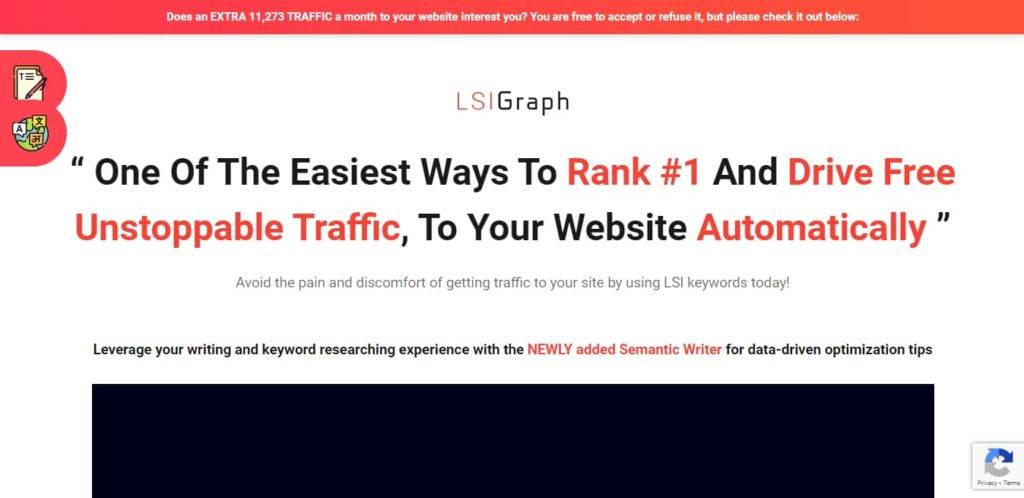
-
Use Google Keyword Planner
Another convenient and effective way to find LSI keywords is using Google Keyword Planner. It generates results that present several keywords for related search terms, including search queries, phrases, and words. Using this tool is quite easy as well. You just need to enter your target or focus keywords and check out which terms among the results show the highest search volumes and which keywords have low competition. The latter part can be used to develop solid LSI strategies for your SEO, which can help you create compelling content to generate the most traffic for your website.
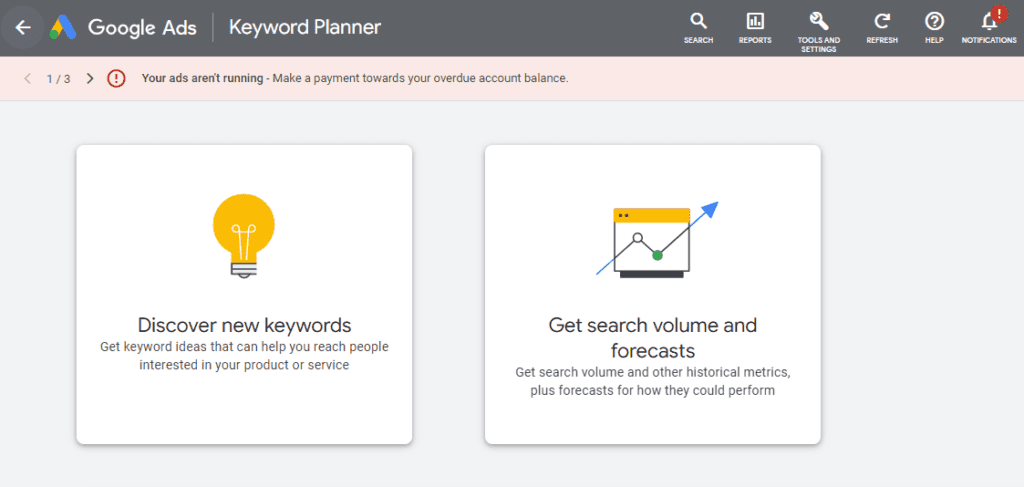
-
Check Related searches
A good place to begin learning to find LSI keywords is Google’s SERPs. You can check the “People also looked for” and the “Related Searches” part of any SERP. Here, you can find all of the different search terms related to your main keyword that other users are searching. You can take this a step further by also focusing on the phrases that come up on the Google search bar when you type in your main keywords. This approach might sound mechanical, but it can help you in finding the most healthy LSI in SEO for your website.
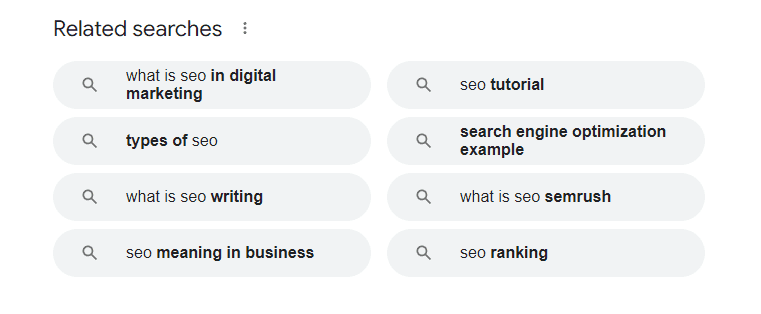
-
Google Autocomplete
Google’s autocomplete results often are a good gateway into finding LSI keywords. While they might not always show the important related keywords you might find on keyword research tools, they can give you a good clue about the ones that are worth mentioning.
Google autocomplete can also give you ideas for finding relevant long-tail keywords, which can act as LSI keywords. For instance, if your topic is “SEO services in India”, autocomplete can help you find the most searched for related terms like SEO company in Mumbai, technical SEO services in India, and so on.
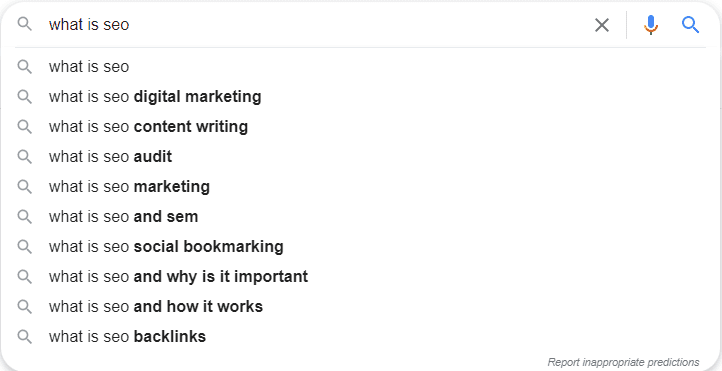
-
Google Snippet Descriptions
Another great way of finding LSI keywords is by looking at snippet descriptions on SERPs. Google not only bolds the terms that match the keywords, but also related terms too. This means that you can easily find the related keywords that Google has highlighted on the best ranking results for your keyword.
For instance, if you search for “laptop repair”, you will find that more related terms like “computer repair”, “IT repair”, etc. are also highlighted in the snippet descriptions. These terms are the LSI keywords that you should sprinkle across your content to boost your SEO.
-
Google Image Tags
This is a goldmine for finding LSI keywords. Just type in your main keyword on the Google Images search bar, and you will see many related terms just above the search results. Here, you can find all the most searched-for terms related to your keywords.
-
Take help of an “LSI keyword” tool
There are many LSI keywords tools that you can use to generate ideas and find keywords that you might have missed out on. LSIKeywords and LSIGraph are some of the best tools to generate LSI keywords ideas. Just type in the keyword you want to rank for, and the tool will give you a list of related terms you can use as LSI keywords in your content.
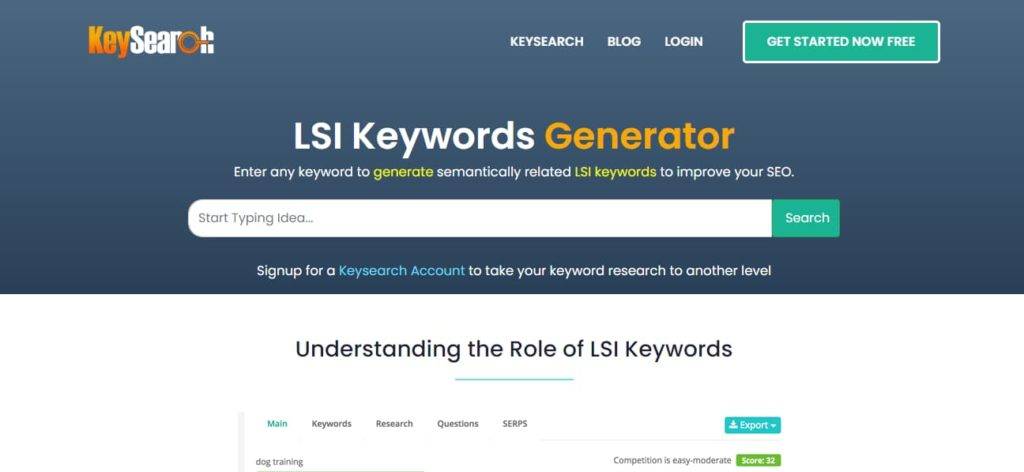
-
Knowledge Bases
Knowledge bases are a great source of finding related search terms. Domains like Wikipedia can prove to be of great help here. For instance, if you search for “Narendra Modi”, you will find many related terms on the opening page itself which can be used as LSI keywords.
-
Analyze the knowledge graph
If you are developing content for any person, thing, or concept, it is always a good idea to check if it has a dedicated knowledge graph on Google. The knowledge graph has the most popular data points that Google associates with your search term. Analyzing the content in the Knowledge graph can help you in finding some very valuable LSI keywords.
-
Analyze People Also Ask boxes
People Also Ask is a section on SERPs that can be used for not only finding LSI keywords, but also things that are relevant to the topic. When you search for your main keywords on Google, just take a peek into the People Also Ask section.
One great advantage of doing this is also that Google often bolds the most relevant terms under these boxes too. This can give you a good vantage point into creating related content, or using those ideas in your webpages.
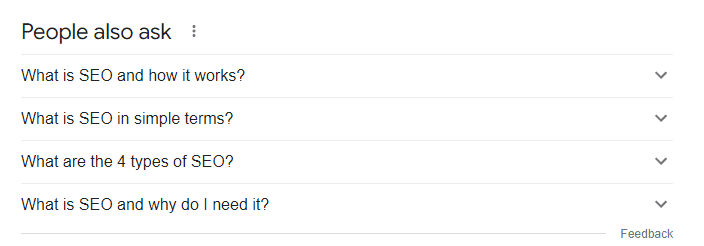
-
Use Google’s Natural Language API
A final thing you can do to find if you have missed out on anything for finding LSI keywords is using Google’s Natural Language API. Just go to Google, type in your keyword, and copy the text from the top-ranking result. Paste it in the API demo, and you can find any entities or terms you might have missed out on.
-
Include LSI Keywords in your Blogs
Google’s algorithms have become very smart, and use the concept of latent semantic indexing to properly contextualize the content on webpages. Hence, it is worth spending that extra time finding these keywords that can help in refining your SEO strategy.
This is especially important in blogs and articles. Since the main purpose of these is to transfer information to the reader, the same is true for the search engines too. LSI keywords can help the crawlers in not only contextualizing, but also determining the quality of your content. Therefore, you must look up LSI keywords for your blog or article topics before starting to develop the content.
Benefits of LSI Keywords
-
Helps improve ranking
The main purpose of any SEO strategy is to organically increase website traffic and ranking. Search engine algorithms, when indexing a Web page, consider many factors for ranking. LSI keywords can help your website have a much better impact on these algorithms. For instance, if your main keyword is “Apple” and you have content related to Apple devices, then LSI keywords like “iPad”, “iPhone”, “Macbook”, and so on, can help search engine crawlers in correctly identifying the intent of your Web page, and ranking it higher for searches related to Apple devices. The search engine rankings for your Web page are sure to increase for any semantically related terms, regardless of what your main keyword is.
-
Provide better search experience for users
As mentioned above, LSI keywords help search engines to identify the intent of your Web page. This makes it easier for users to access Web pages that have content relevant to their search term. Relevant content helps organically increase the number of visitors to your website. These users might end up sharing the content thus improving the credibility of your website. Suchn user engagement will set the content on your website apart from the generic content in the same domain, which occupies a major chunk of the Web. Good user experience will automatically garner greater attention and improve the popularity of your website.
-
Improve browsing time
A user visiting a Web page or a website and finding exactly the type of content they were looking for is bound to make them stay on the page longer. Better targeted and formulated content using LSI keywords means that the users will be spending more time on your website. It also increases the chances of the users opening other links on your page, which can help in increasing the organic traffic to other internal pages on your website. Keeping your visitors glued to the screen and engaged with your website becomes possible by smartly incorporating LSI keywords and ensuring that the content remains friendly and conversational in tone.
Using LSI keywords to boost SEO
-
Choose LSI keywords relevant to your blog topic
Before you move forward with the development of your blog, you need to find out all the best-suited LSI keywords for your topic. Depending on the context of how you want your blog’s content to turn out, choose the most fitting LSI keywords.
For example, if you are writing a blog about the topic “How to write a blog”, you can choose from many related keywords such as “blog writing tips”, “advantages of blogs”, “SEO in blogs”, and so on.
-
Analyze the monthly searches
It can be a tough task to figure out which LSI keywords would fit best with your content. To determine if the keyword suggestions that come up fit the best with your content, take a look into their monthly search data. This will help you in determining if the keyword would fit well with your content, or if you can make an entirely original post about it separately.
If the monthly search for a keyword you find relevant is very high, you can use that keyword to create an original post to improve your SEO. And if it fits the context of your content, you can use it there as well!
-
Add LSI keywords to your articles
As with blogs, you should use LSI keywords in your articles as well. This will help search engine crawlers in determining the quality of your content, as well as improving your domain authority. The better the search engine understands your content, the better chances of it ranking better.
-
Improve your user experience
It is very easy to overstuff your content with LSI keywords. The key here is to use them effectively and within a limit. You can be penalized by search engines if you overstuff your content with keywords.
Moreover, users are always looking for cohesive, informational, and crisp content. Focusing on the user experience and only using words/terms/phrases that make sense will increase their satisfaction, and might help you in earning some organic recommendations.
Conclusion
It is important to comprehend the LSI system and understand the semantic relationship between different types of keywords. This will help you properly implement LSI keywords in your website content.
While Latent Semantics Indexing (LSI) is relatively unknown to businesses, it is valuable for increasing website rankings. Hence, to fully realize the potential of LSI keywords, businesses can hire a professional SEO company like Infidigit. With its vast experience in the SEO domain, Infidigit can help you find the best LSI keywords for your content. We can also help you develop the most effective SEO strategies for your business.
Popular Searches
How useful was this post?
4 / 5. 1











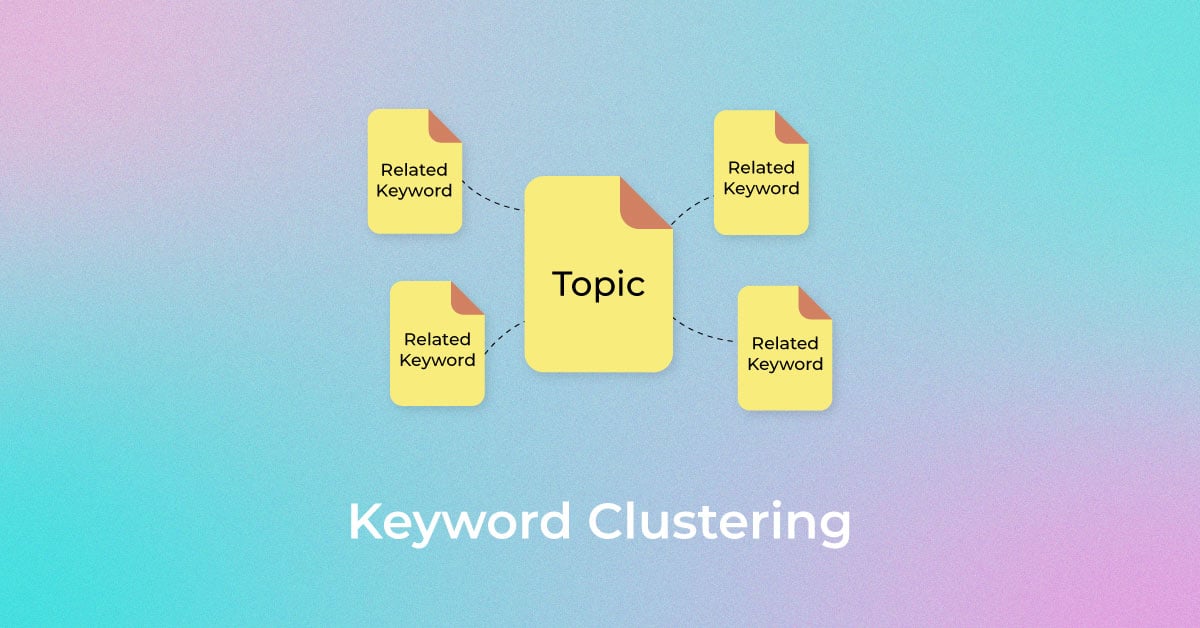
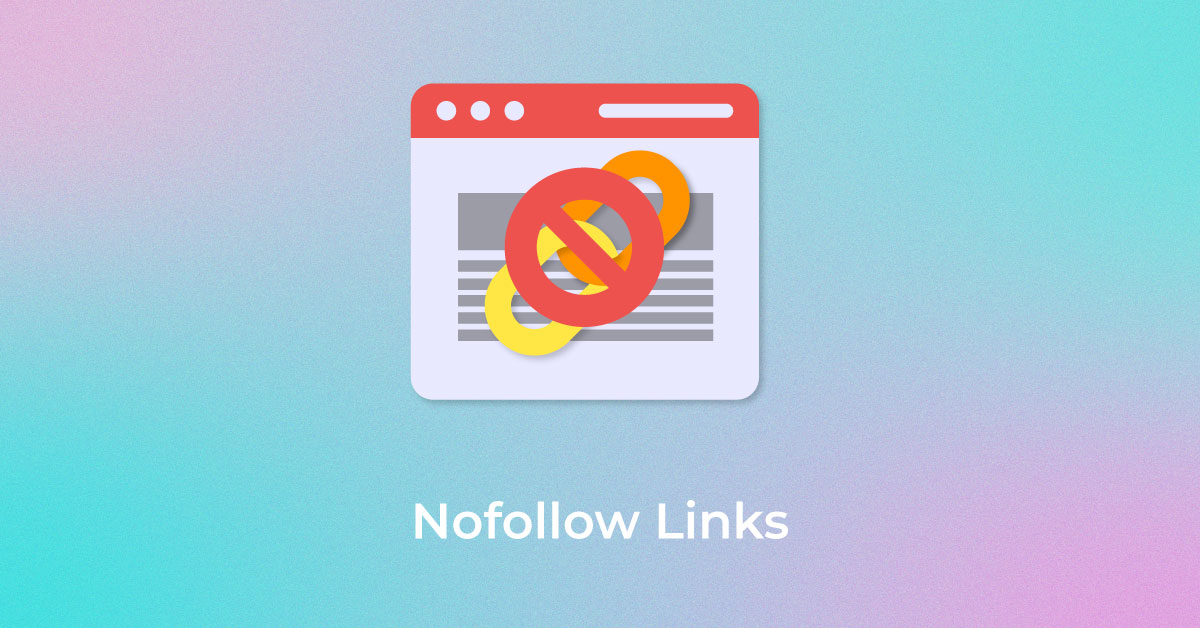
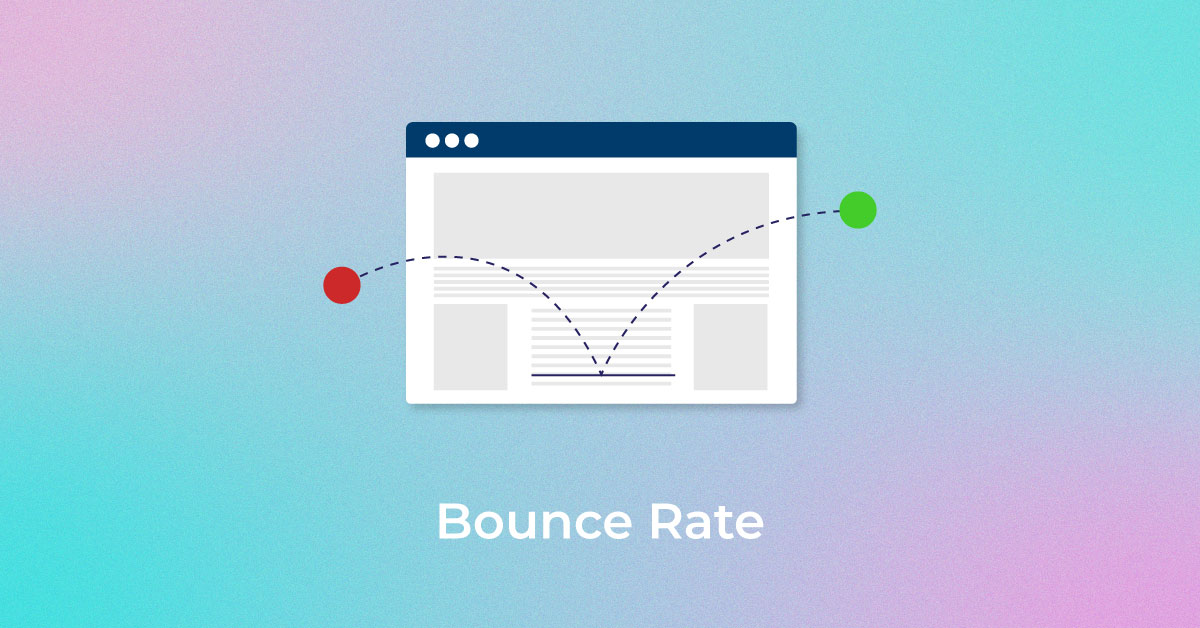

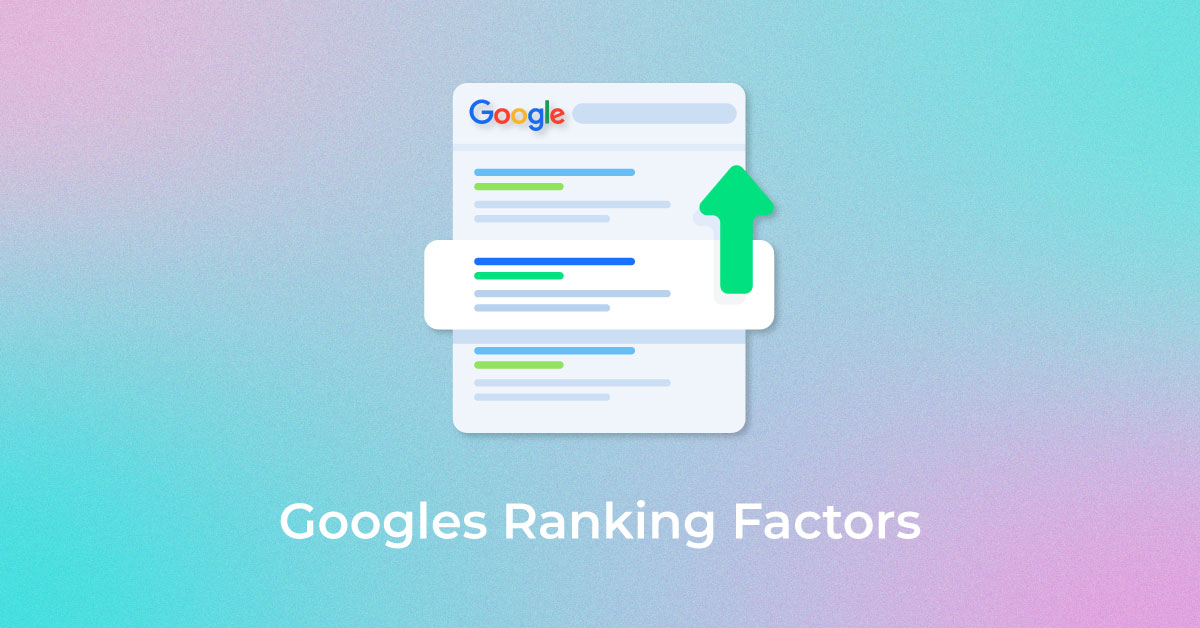

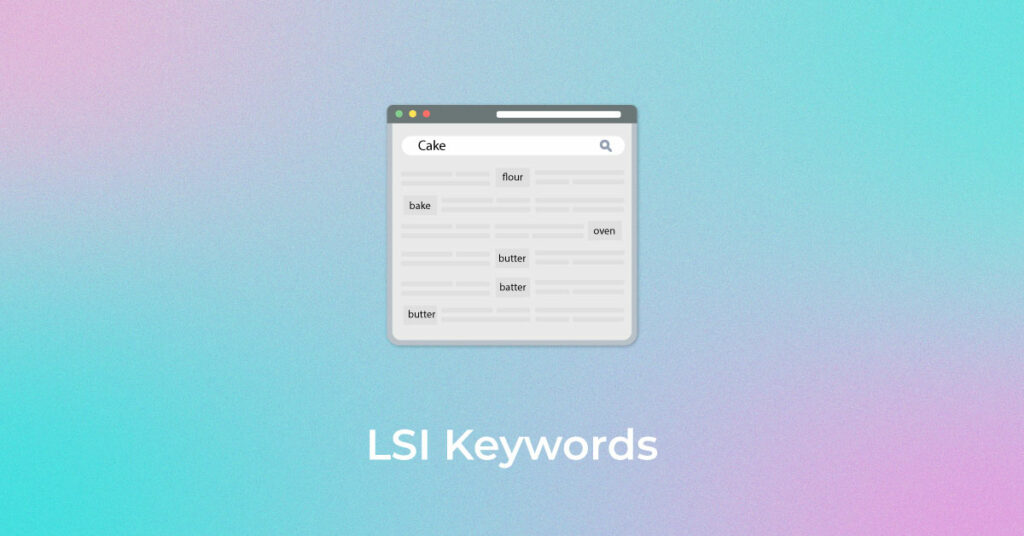
2 thoughts on “What are LSI Keywords and How to use them in SEO?”
How we can use this LSI and what advantages and disadvantages it has? And what do you want to do for developing in future? It’s very necessary for me and my friends.
Thank you for sharing your feedback. You can use LSI Keywords in your on-page content. It doesn’t have any disadvantages, but the advantages are it can improve your rankings, provides better user experience etc. Lastly, including LSI Keywords boosts the contextuality of your content. Was this helpful? Please let us know your feedback in the below comments section.